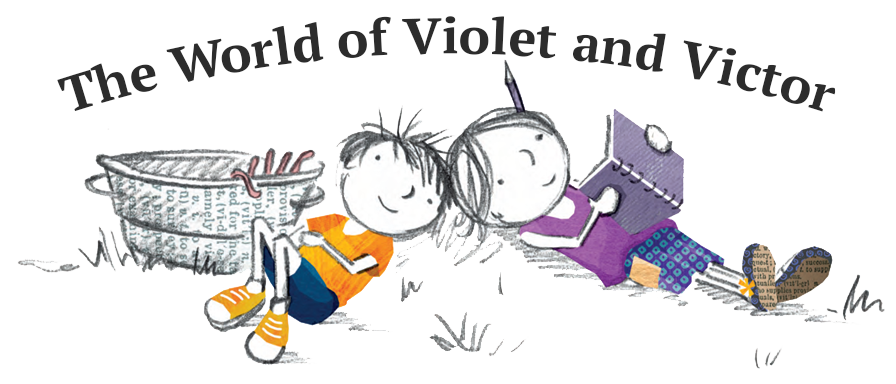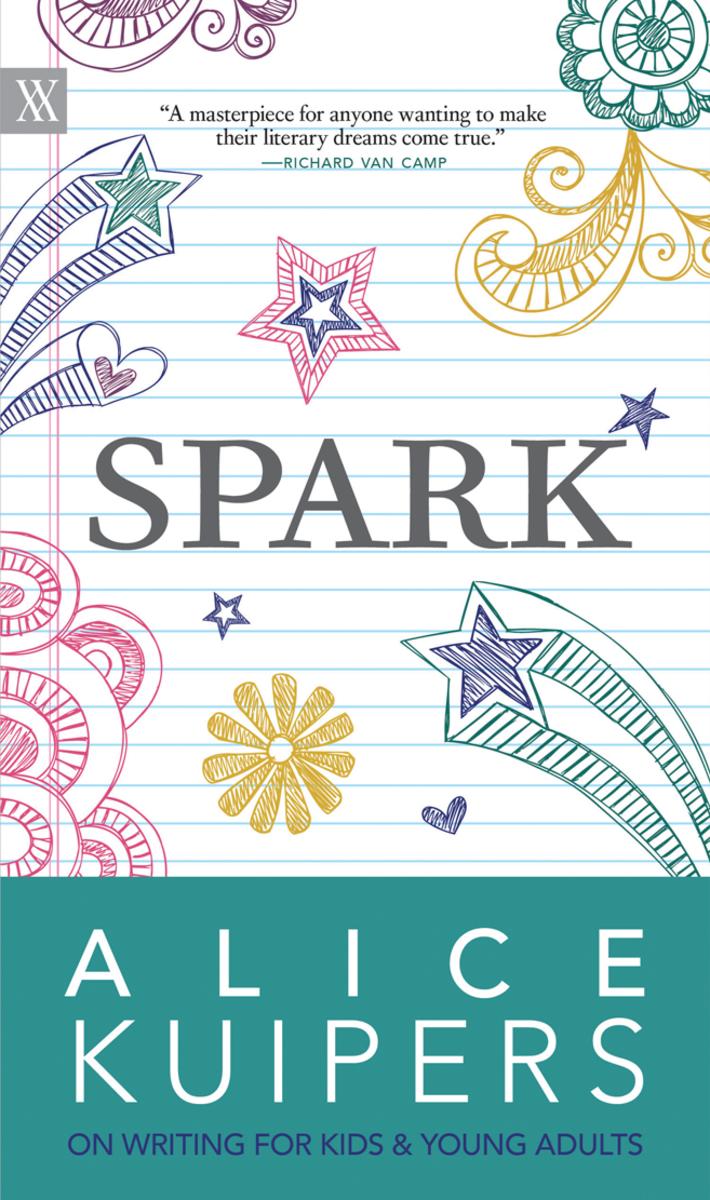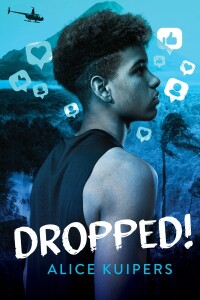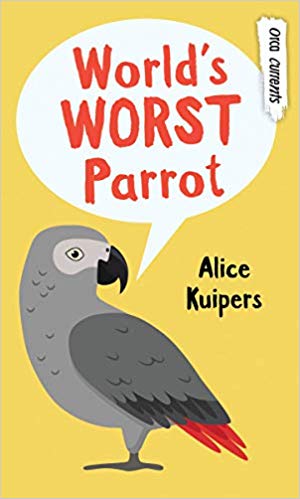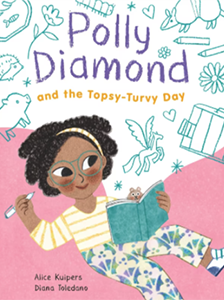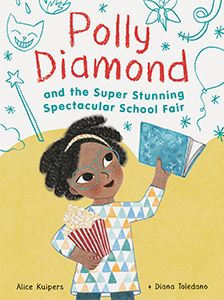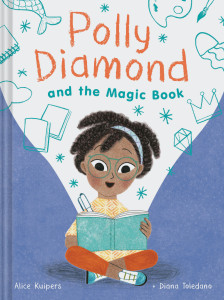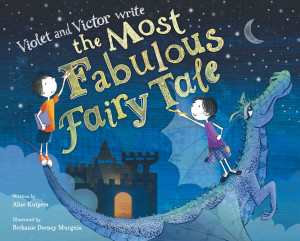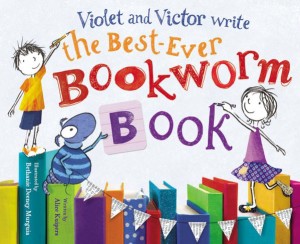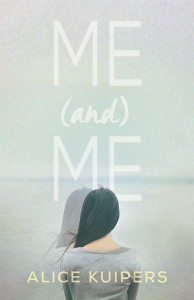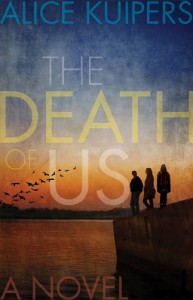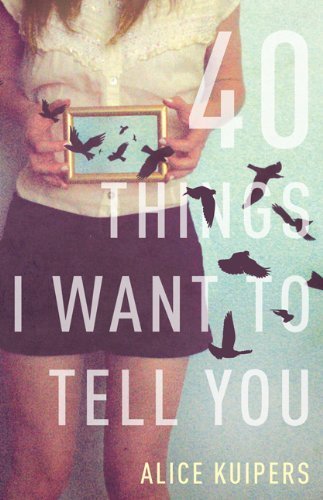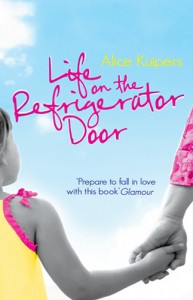CHARACTER: THE PULSING HEART OF A GOOD STORY
Welcome to the Wattpad Workshop Series!
Start anytime.
These are free workshops for Wattpad writers who want to be inspired and challenged. You’ll come away with new ideas, new techniques and, most importantly, you’ll generate lots of new writing. The workshops run every Monday on the Wattpad Blog.
To join in: read the post and get writing – post your writing on the Weekly Workshop Series Discussion Thread!
Week 9 (Missed the earlier writer’s workshop? Join in with this week and go back to check out Week 1, Week 2, Week 3, Week 4, Week 5, Week 6, Week 7 and Week 8!)
“Description begins in the writer’s imagination, but should finish in the reader’s.” – Stephen King, On Writing
So far in these workshops on character we’ve thought about our characters’ habits, gestures, deepest secrets and favourite foods. We’ve got to know them on the inside. This week, we’re thinking about what our characters’ look like and figuring out how to include this information in our stories. Stephen King in his masterful book On Writing (I haven’t recommended this to you yet, but I do recommend it highly) gives a good example. He says if you describe a character as a ‘pimply faced high school outcast’ you should trust that we’ve all met someone like that. He suggests letting THE READER fill in the rest using their imagination.
The best time to include physical description is when you introduce your character. If you don’t tell your reader until the tenth chapter that your character has a limp and woolly grey hair, they’ll be surprised (and annoyed) you didn’t give these details before. They will have an image of the character in their heads from the first moment they meet the character on the page.
Our exercise this week is to introduce a character. We’re going to write an opening of a scene, with action and dialogue, including some physical description.
Before you start, here are six tips to make your character introduction, including your physical description, stronger.
1- Think very carefully about key words that define this character, words like ‘pimply faced high-school outcast’. Cut the rest. Trust your reader.
2- Remember how important action is to character. Is there a way that the action can give hints about the character’s physical self? For example: She couldn’t lift the chair, although she tried. It was too heavy for someone so fine-boned.
3- A friend of mine, author Maria Meindl, suggests thinking with all five senses when you describe. How could you use this advice in your introduction of your character?
4- Watch for clichés. Don’t describe someone GENERAL describe someone SPECIFIC. Focus on a key detail about the character so we can see them clearly in our minds.
5- Is your character looking in the mirror? STOP RIGHT NOW! One of the ‘tricks’ writers use is to have their character look in a mirror/reflective surface to describe what their character looks like. But thousands of writers have done this before. Push yourself a little harder to find a way to introduce your character.
6- When you describe someone (or something) describe in VISUAL ORDER. Don’t start at someone’s head, then pop to their feet, then focus on their tummy. It makes it hard for a reader to follow. Work top to bottom, left to right as you visualize your character – the same way we read a page.
This week’s writing prompt:
I’m using an image prompt this week – the backs of two people, a woman and a boy, on a ship (I’m all about ships in these workshops, I guess because I was just in Vancouver!)
Find the image here.
Use this image to write a scene introducing these two characters. Write no more than 300 words. (If, instead, you’d rather use a character you’ve already been working with, that’s fine with me).
Post your writing here at the Weekly Workshop Series Discussion Thread! I’ll read it and give feedback as often as I can.
Commit to your writing by joining in this and all the upcoming workshops:
- July 2nd-July 30th: Character – The Pulsing Heart of a Good Story
- August 6th-Sept 3rd: Dialogue – Hear Those Voices On The Page
- Sept 10th-Oct 8th: Take It To A New Level – Fixes For Your Fiction
- Oct 15th-Nov 12th: Kickstart Your Writing – Trying New Things To Fuel Your Writing


